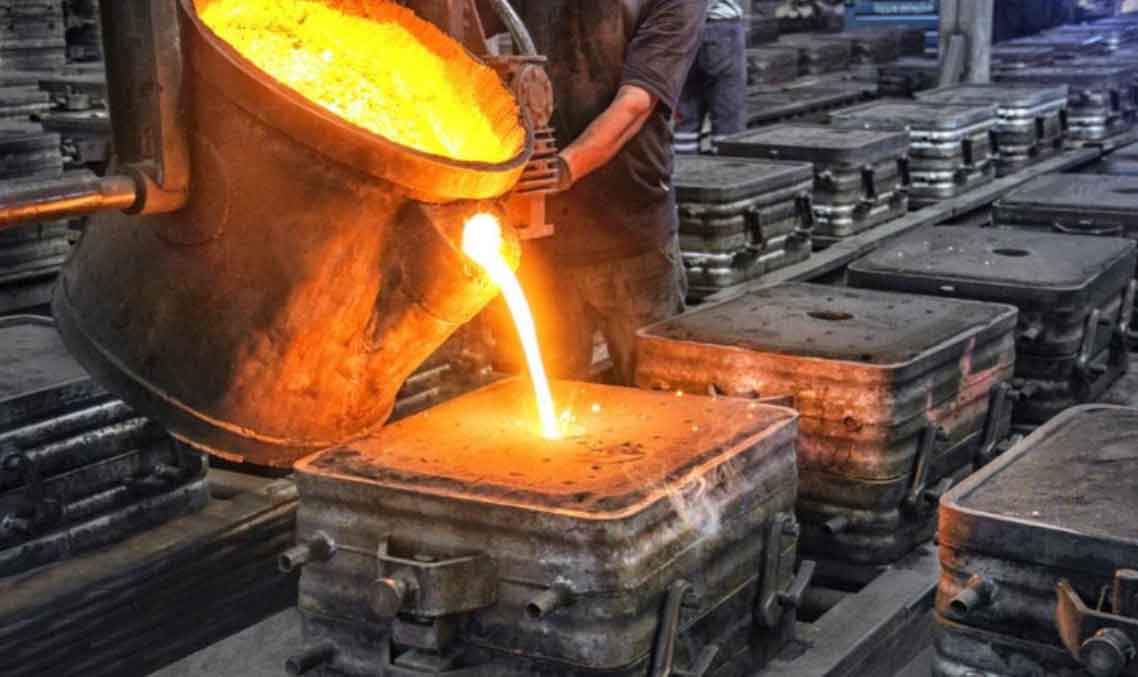
Safety is of utmost importance in any manufacturing process, including sand casting. Manufacturers follow strict safety protocols and best practices to ensure the well-being of their employees and the smooth operation of the foundry. Here are some key safety measures that sand casting manufacturers typically follow:
1. Employee Training:
- Manufacturers provide comprehensive training to all employees, including operators, technicians, and supervisors, on the safe handling of equipment, tools, and materials. This includes training on proper lifting techniques, personal protective equipment (PPE) usage, and emergency procedures.
2. Safety Equipment and PPE:
- Workers are provided with appropriate safety equipment, including helmets, safety goggles, heat-resistant gloves, safety shoes, and protective clothing, to safeguard against potential hazards during the casting process.
3. Ergonomics:
- Manufacturers optimize workstations and equipment to reduce ergonomic risks and prevent strain-related injuries. Properly designed workstations help employees maintain proper posture and minimize physical stress.
4. Material Handling:
- Safe material handling practices are followed to prevent accidents related to the movement of heavy molds, cores, and molten metal. Cranes, hoists, and material handling equipment are used to minimize manual lifting.
5. Machine Guards and Enclosures:
- Machines involved in sand casting, such as molding machines and pouring equipment, are equipped with appropriate guards and enclosures to prevent accidental contact with moving parts and hot surfaces.
6. Ventilation and Fume Control:
- Foundries implement effective ventilation systems to control fumes and dust generated during sand casting processes. This helps maintain a healthy work environment and minimizes exposure to airborne contaminants.
7. Fire Safety:
- Fire safety measures, including fire alarms, fire extinguishers, and emergency response plans, are in place to handle any potential fire incidents related to molten metal or other flammable materials.
8. Hazardous Material Handling:
- Manufacturers implement proper procedures for handling hazardous materials, such as foundry chemicals and cleaning agents, and ensure that employees are trained in their safe usage and disposal.
9. Safety Signage and Communication:
- Clear safety signage and communication are posted throughout the foundry to remind employees of potential hazards and proper safety practices.
10. Regular Inspections and Audits:
- Regular inspections and safety audits are conducted to identify potential hazards, correct unsafe conditions, and ensure compliance with safety standards.
11. Continuous Improvement:
- Manufacturers foster a culture of safety, encouraging employees to report safety concerns and providing opportunities for continuous improvement in safety practices.
12. Emergency Preparedness:
- Manufacturers have well-defined emergency response plans for various scenarios, such as spills, fires, or accidents, to ensure a prompt and efficient response.
By strictly adhering to these safety best practices, sand casting manufacturers can create a safe work environment for their employees, reduce the risk of accidents, and maintain high levels of productivity and efficiency in their operations.
